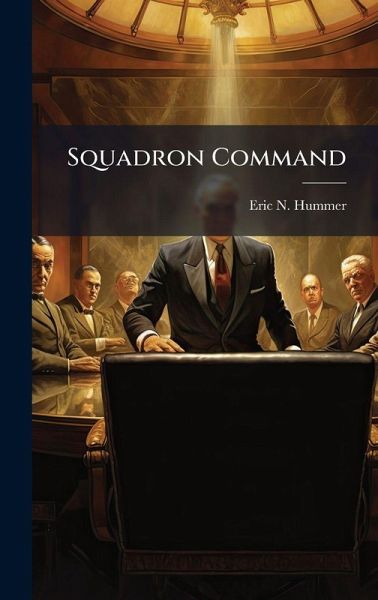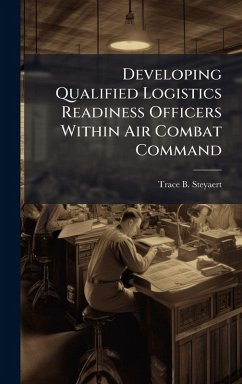
Squadron Command
Versandkostenfrei!
Versandfertig in über 4 Wochen
28,99 €
inkl. MwSt.
Weitere Ausgaben:

PAYBACK Punkte
14 °P sammeln!
An Air Force squadron commander has a tremendous amount of influence over the lives of his/her subordinates. The learning curve of a new commander is steep and time critical. The squadron looks to the commander for leadership and the faster he/she can provide that leadership the more effective their tour will be. The new commander needs every advantage they can get. An understanding of their functions as a commander, the culture of the squadron, and the direction required to meet the expectations of the Air Force, squadron members and their own vision is one of the greatest advantages they can...
An Air Force squadron commander has a tremendous amount of influence over the lives of his/her subordinates. The learning curve of a new commander is steep and time critical. The squadron looks to the commander for leadership and the faster he/she can provide that leadership the more effective their tour will be. The new commander needs every advantage they can get. An understanding of their functions as a commander, the culture of the squadron, and the direction required to meet the expectations of the Air Force, squadron members and their own vision is one of the greatest advantages they can have. The first 90 days of a commander's tour can be used to build a momentum that means the difference between commanding a squadron that is just surviving or commanding a squadron thriving on progress and improvement. This 90 days can pass quickly and should be used to diagnose and assess the squadron's culture, implement immediate and short term changes, and set the squadron on a long term path of growth and progress for the squadron as a whole and each member individually. Diagnostic checklists are provided. This work has been selected by scholars as being culturally important, and is part of the knowledge base of civilization as we know it. This work was reproduced from the original artifact, and remains as true to the original work as possible. Therefore, you will see the original copyright references, library stamps (as most of these works have been housed in our most important libraries around the world), and other notations in the work. This work is in the public domain in the United States of America, and possibly other nations. Within the United States, you may freely copy and distribute this work, as no entity (individual or corporate) has a copyright on the body of the work. As a reproduction of a historical artifact, this work may contain missing or blurred pages, poor pictures, errant marks, etc. Scholars believe, and we concur, that this work is important enough to be preserved, reproduced, and made generally available to the public. We appreciate your support of the preservation process, and thank you for being an important part of keeping this knowledge alive and relevant.












